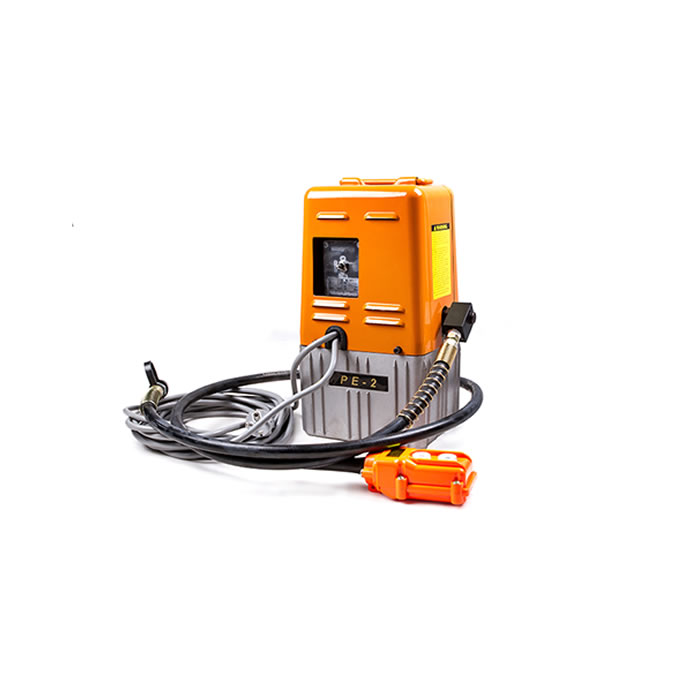Overview of Hydraulic Pump Stations
As the Power Source of a Hydraulic System, the hydraulic pump station is an assembly composed of various components and auxiliary parts. It stores the working medium at a certain level of cleanliness, supplies hydraulic power with specific pressure and flow to one or multiple systems, and serves as a mounting device for the hydraulic valve block in an integrated hydraulic station.
The hydraulic pump station is one of the most critical components in the entire hydraulic system or station. Its design quality and the rationality of its use and maintenance significantly impact the performance of the hydraulic equipment.
Main Components of a Hydraulic Pump Station
A hydraulic pump station typically consists of five independent components: the hydraulic pump group, fuel tank assembly, temperature control components, filter components, and accumulator. To meet the specific working conditions and usage requirements, designers often combine these accessories into more practical forms. For example, the oil temperature gauge and filter components in the temperature control unit may be integrated into the hydraulic tank as tank accessories.
Classification of hydraulic pump stations
Due to their wide range of applications, hydraulic pump stations can be categorized based on three primary criteria: layout, drive mode, and output pressure and flow characteristics.
Classification by Layout
Top-Mounted Pump Set: The hydraulic pump and related components are installed on the top cover of the fuel tank. This configuration is compact and commonly used, especially in equipment that needs to be moved frequently. It requires that the tank, particularly the top cover, has good rigidity.
Under-Mounted Pump Set: The fuel tank is raised to allow space for personnel to pass beneath, facilitating the installation and maintenance of the hydraulic pump. In this setup, the pump is placed under the tank, increasing the installation area and improving the pump’s oil absorption capacity.
Side-Mounted Pump Set: The hydraulic equipment is positioned beside the fuel tank, resulting in a lower height for the pump station, which makes maintenance easier but requires more floor space. This method is often used in systems with high flow rates and large tank capacities.
For under-mounted and side-mounted setups, a manual shut-off valve should be installed on the pipeline between the pump’s suction port and the oil tank to facilitate maintenance or assembly without oil leakage.
Classification by Drive Mode
Electric: This type uses an electric motor as the prime mover, ideal for stationary equipment with a stable power supply. It operates with low noise, making it the most commonly used option.
Motorized: This type uses a diesel or gasoline engine as the prime mover, suitable for remote areas without power supply or mobile equipment. It is noisier in operation and less commonly used.
Manual: Operated by hand, this type is essentially a Hand Pump. Although it has low efficiency, it is suitable for small-scale hydraulic systems and portable equipment, often used with tools like presses, testing machines, pipe benders, and rescue equipment.
Classification by Output Pressure
Hydraulic pump stations can also be classified by their output pressure:
Low Pressure: p ≤ 2.5 MPa
Medium Pressure: p = 2.5 ~ 8 MPa
Medium-High Pressure: p = 8 ~ 16 MPa
High Pressure: p = 16 ~ 32 MPa
Ultra-High Pressure: p > 32 MPa
Conclusion
The hydraulic pump station is a critical component in hydraulic systems. Understanding its components, classification, and operation is essential for efficient system design and maintenance. Proper selection and care of the pump station can significantly enhance system performance and reliability.
Why Choose SAIVS™ as Your Supplier?
With 20 years of industry experience, SAIVS is a leading Chinese manufacturer of high-quality tools, offering competitive pricing and excellent customer service.We pride ourselves on exceptional quality control, extensive experience, and comprehensive after-sales service.
